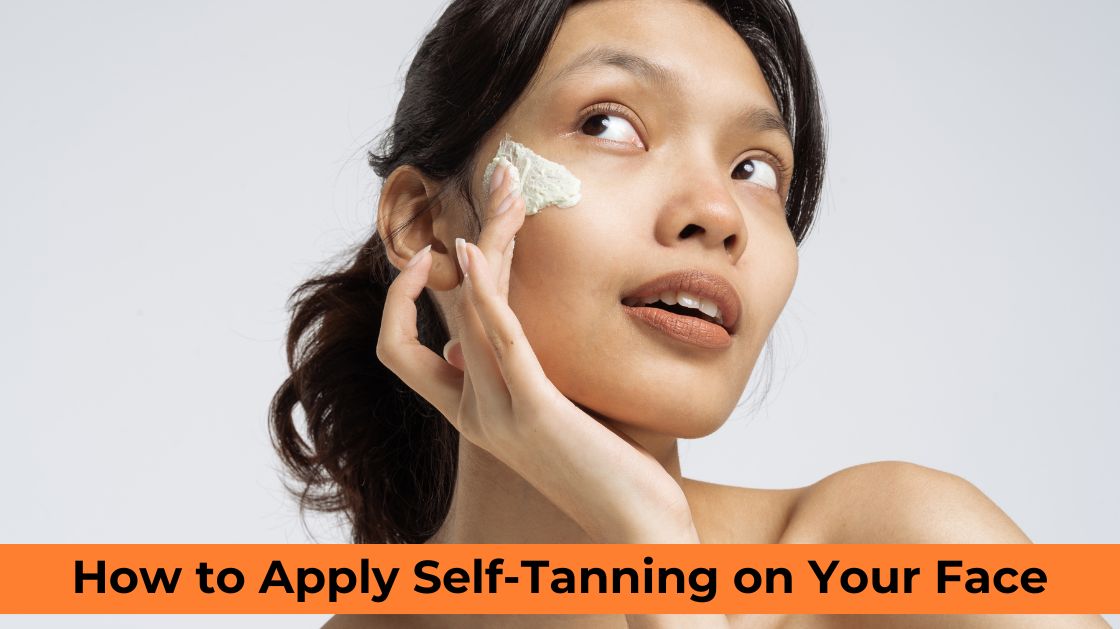Tanning has long been cherished as a symbol of health and beauty, with a golden tan highly sought after by many. Yet, as our understanding of skin care science evolves, it prompts us to explore the balance between aesthetics and health, particularly the role of vitamin D. This brings us to a common question: can you get vitamin D from a tanning bed?
This blog will delve into the nuanced debate surrounding tanning and vitamin D absorption, offering insights for those aiming to maintain wellness while caring for their skin’s appearance.
Are Sunbeds a Suitable Source of Vitamin D?
Before we face off the Vitamin D from a Tanning Bed propaganda, it’s crucial to understand why Vitamin D is so essential. Known as the “sunshine vitamin,” it is produced in your skin in response to sunlight. But sunlight isn’t always an available resource. During winter, those living at higher latitudes may experience reduced sun exposure, leading to potential deficiencies.
Tanning beds are tempting because they offer a steady dose of UV rays, like a quick winter fix for those low Vitamin D levels. But, this quick solution might not be as simple as it seems.
What Does the Research Say About Getting Vitamin D from a Tanning Bed?
Scientific literature has long examined Vitamin D’s effectiveness from a Tanning Bed. Despite the intuitive appeal, studies consistently suggest that the risk of skin cancer and premature aging from tanning bed use far outweighs the gain of Vitamin D.
Research conducted by the American Academy of Dermatology reports that Vitamin D levels rise after indoor tanning, but only to a limited and plateauing extent. Crucially, the adverse effects of UV exposure on the skin accumulate over time, with the World Health Organization categorizing tanning beds as a Group 1 carcinogen.
Tanning Bed Myths
The lure of getting that golden glow from a tanning bed and maybe even boosting your Vitamin D from tanning Beds has kept some popular myths alive. Let’s bust those myths once and for all:
- Myth 1: Tanning beds are a safer alternative to sun exposure.
The intensity of UV rays in some tanning beds can be up to 15 times higher than that of the midday sun, leading to a rapid increase in skin damage.
- Myth 2: Can we get Vitamin D from a Tanning Bed
While it is true that tanning beds can accelerate Vitamin D synthesis, they also accelerate skin aging and the risk of skin cancer.
- Myth 3: Tanning beds can’t be that harmful; many people use them.
The widespread use of tanning beds does not diminish their danger. In fact, the prevalence of skin cancer is directly linked to the popularity of tanning bed use.

Vitamin D from a Tanning Bed – What’s the Verdict?
The verdict is clear: the risks associated with tanning bed use are too great to justify them as a source of Vitamin D supplementation. The transient increase in Vitamin D from tanning beds cannot counterbalance the cumulative effects of UV exposure, which include basal cell carcinoma, squamous cell carcinoma, and melanoma—the deadliest form of skin cancer.
Furthermore, alternative, safer methods exist for maintaining adequate Vitamin D levels, including diet, supplementation, and judicious sun exposure.
The Darker Side of the Tanning Bed
Despite the claims and advertisements touting the benefits of Vitamin D from a Tanning Bed synthesis, it’s essential to acknowledge the wider body of evidence that points to their detrimental effect on skin health.
Skin Cancer and UV Radiation
Tanning bed use has been unequivocally linked to an increased risk of skin cancer. The intensity and duration of UV exposure from tanning beds can lead to melanoma—the deadliest form of skin cancer—and other skin cancers.
Accelerated Aging
Tanning bed use can also lead to premature skin aging, including wrinkles, age spots, and a loss of skin elasticity. The damage caused by UV radiation is cumulative, meaning that each additional exposure, whether from the sun or a tanning bed, adds to the negative effects.
Alternatives for Vitamin D
Given the substantial risks associated with tanning bed use, exploring alternative, safer methods of achieving optimal vitamin D levels is crucial.
Dietary Sources
One of the most reliable and safe methods to get your daily dose of vitamin D is through dietary sources, including fatty fish, fortified dairy products, and certain types of mushrooms. These provide a consistent supply of vitamin D without the variability and risks of tanning bed exposure.
Supplements as a Last Resort
Vitamin D supplements are an effective and safe option when dietary intake and natural sunlight are insufficient. They are available over the counter and can provide the necessary amount of vitamin D without the associated health risks.
Bottom Line
The debate about getting Vitamin D from a Tanning Bed is pretty complicated. Health experts generally give a thumbs down to tanning beds because they can up your chances of skin cancer and make you age faster.
Sticking to food, getting a bit of sun (with care!), and taking supplements are ways to keep your vitamin D levels up. Sure, tanning beds might boost your vitamin D, but the downsides, like the risk of UV damage, are too big to ignore. It’s all about keeping healthy without messing up your skin.














One response to “Can You Get Vitamin D from a Tanning Bed?”
Hey very cool website!! Man .. Excellent .. Amazing .. I’ll bookmark your blog and take the feeds also…I’m happy to find a lot of useful info here in the post, we need develop more strategies in this regard, thanks for sharing. . . . . .